How To Get Rid Of Stink Bugs In The Garden
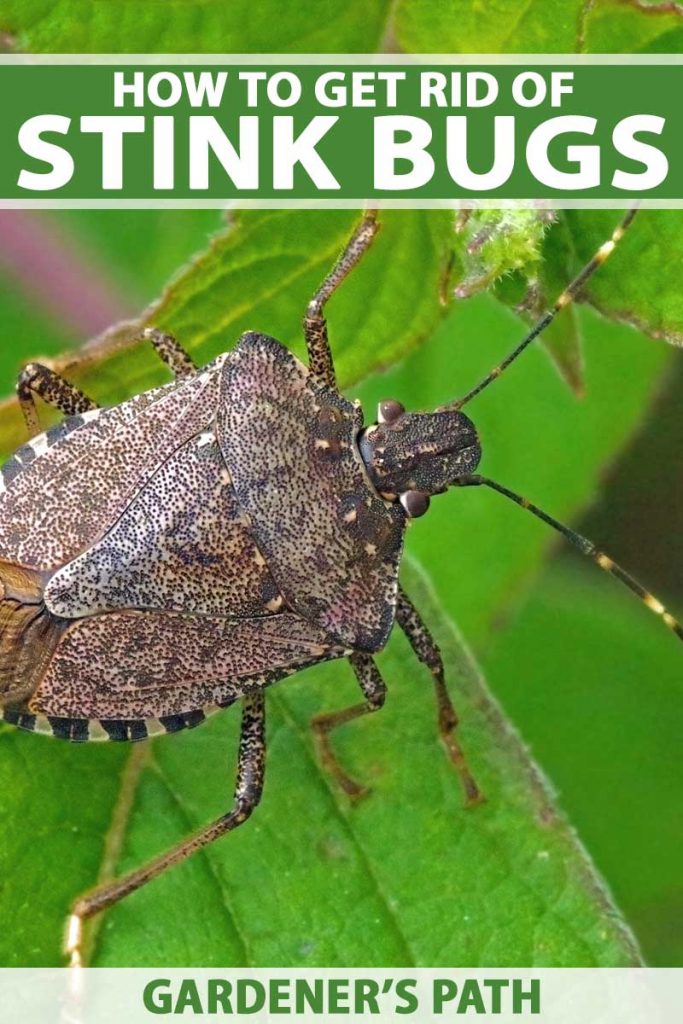
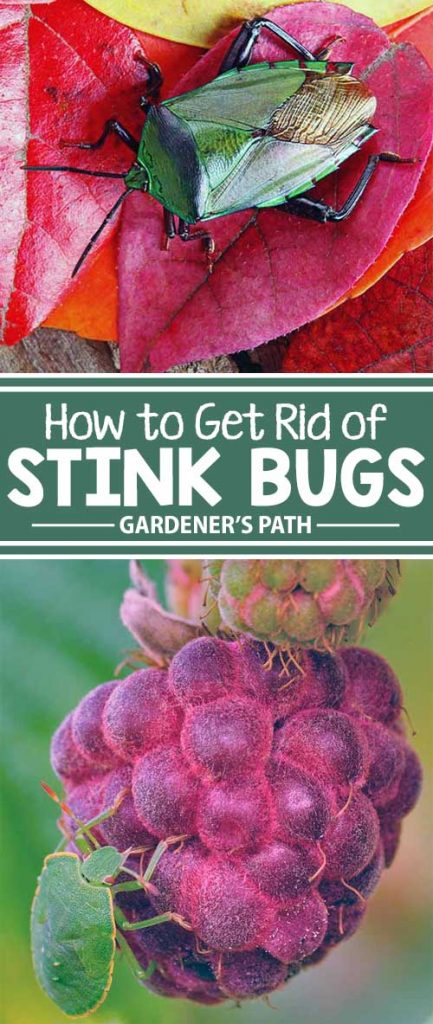
Halyomorpha
More than 200 species of stink bugs call North America home, and you may very well think most of them have taken up residence in your garden.
These shield-shaped munchers are known for the odor they produce when disturbed or squished, which is said to be similar to skunk, powerful cilantro, or coriander.
Personally, I don't find coriander to be stinky at all, but I suppose that's a to-each-her-own kind of thing.
Anyway, these greedy critters eat through a wide variety of homegrown fruits and vegetables, including cucumbers, berries, squash, tomatoes, apples, and peaches.
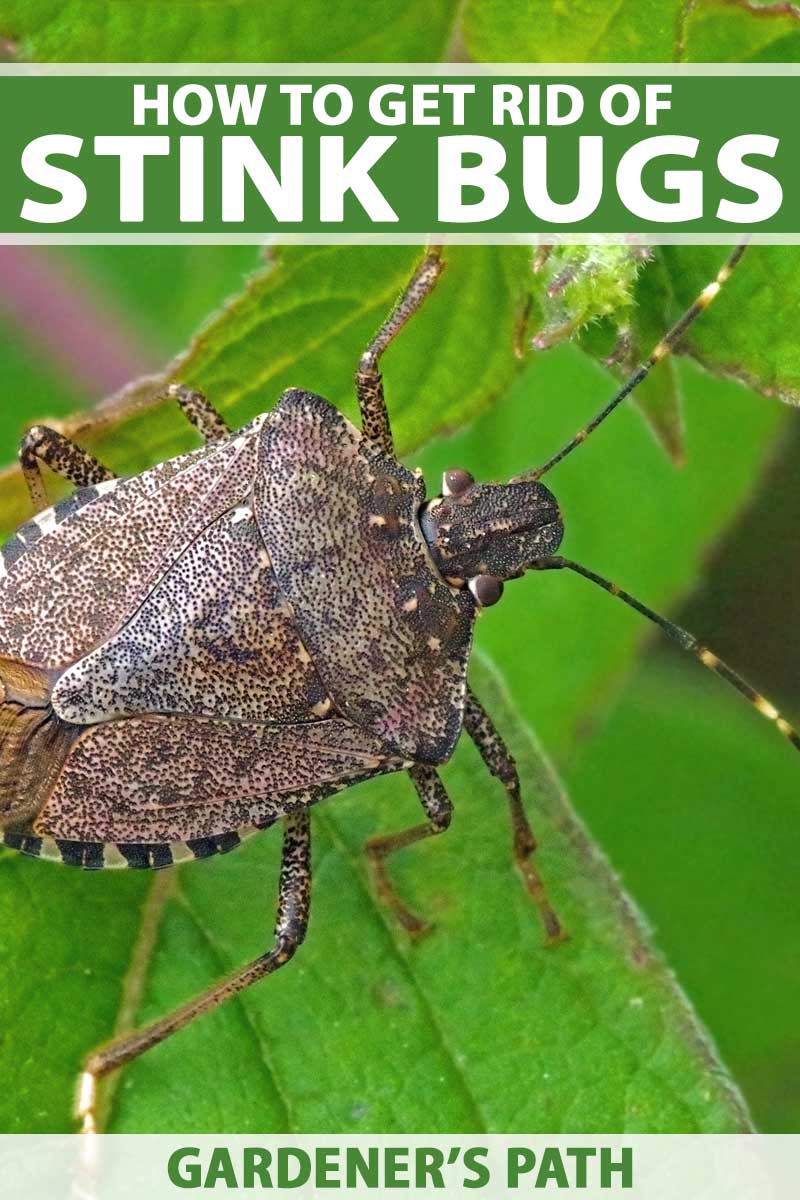
We link to vendors to help you find relevant products. If you buy from one of our links, we may earn a commission .
How do you protect your crops from these voracious vermin? Let's look at some tried and true techniques.
Rule No. 1: Cleanliness
The first step to control stink bug populations is to keep your gardens clean and free of debris.

These pests like to hide in decomposing logs or under decaying plant matter, so keep areas clear of potential homes and breeding grounds.
Remove dead leaves, weeds, and overgrown plantings.
About Those Brown Home Invaders
We know many of you in the Midwest and Northeast suffer each fall from an invasion of brown marmorated stink bugs into your homes, where they seek shelter from chilly weather.
This "gift" from Asia is not native to the United States, but has made itself quite at home here, wreaking havoc on crops and in homes along the way.
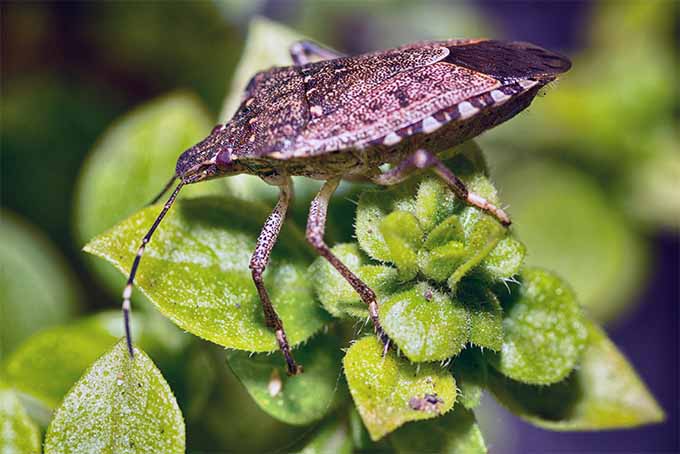
This article deals primarily with ridding your garden of any of a wide variety of stink bugs, but some of these techniques will also be applicable to getting rid of the dreaded home invader.
Oh, the Irony
Try repelling these odiferous arthropods by planting – get this – smelly plants. Garlic, catnip, lavender, and thyme are examples.
Radishes, marigold, and chrysanthemum are also known to repel these pests.
Also consider planting plants that attract enemies of the stink bug.
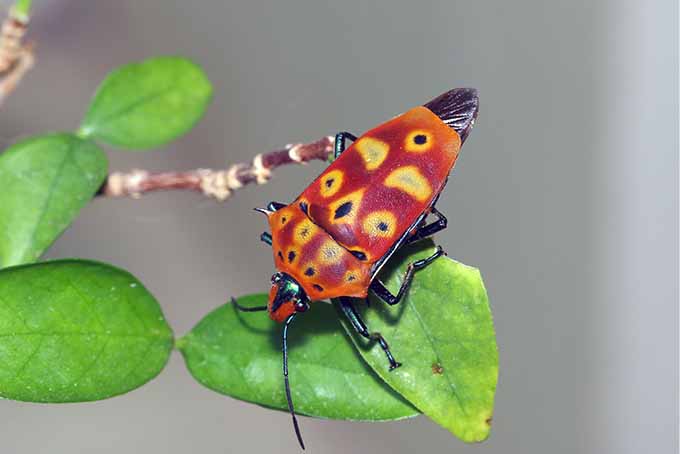
A study conducted by Lauren G. Hunt, Armando Rosario-Lebron, and Cerruti R. Hooks found that French marigold, buckwheat, and purple tansy were effective at attracting parasitic wasps.
These wasps lay their eggs in stink bug eggs, destroying the developing insect. The wasps are tiny and don't pose a problem for humans.

Cardinals, bluebirds, and wrens are partial to a stink bug snack, so work to attract these birds to your garden.
Some gardeners will plant a sacrificial "trap plant" such as tomato or sunflower away from the main gardens, and hope the pests settle on that plant, leaving the main crops alone.
When the bait plant is covered in the insects, pull it up, bugs and all, and carefully contain it in a plastic bag. Leave it in the sun to kill the insects, and then dispose of the whole mess.
How About a Nice, Warm Bath?
You can also try trapping the little pests by rigging up a battery-powered light over a pan filled with soapy water. At night they'll be attracted to the light, fall into the water, and… game over.

Commercially available pheromone traps emit a scent that the creepy crawlers supposedly find irresistible, but many gardeners seem to find the effectiveness of these negligible at best.
A Stream of Misery
Going back to our stinky-beats-stinky theory, you might want to try a garlic spray. Here's how to make your own at home:
Chop five or six garlic cloves finely and boil in a gallon of water. Let it cool, then strain the mixture and spray it on susceptible plants. Simple, right?
Clean Out the Fireplace
Some gardeners have found wood ash to be a good stink bug repellent, while others say it works better against slugs and snails.
If you want to give it a try, simply spread a thin layer around your vulnerable plants after a rain.
Last Resort
When all else fails, you can try a chemical-based product such as Sevin.
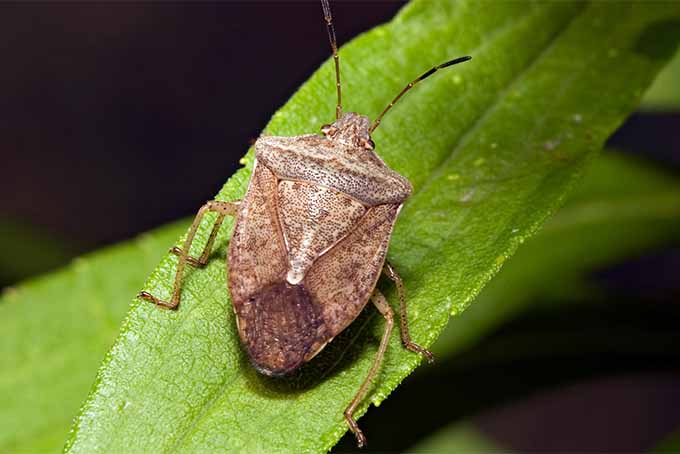
Sevin is quite effective against stink bugs, but keep in mind that it is toxic to humans and classified as a likely human carcinogen by the U.S. Environmental Protection Agency, so you'll want to thoroughly wash food treated with this product.
Also note that this chemical will also kill beneficial insects such as bees and ladybugs.
Ready to do Battle?
We've described a number of techniques you can try to rid your garden of these fruit- and veggie-loving bugs. Are you ready to do battle?
These pests may have a shield, but now you've got a number of arrows in your quiver.
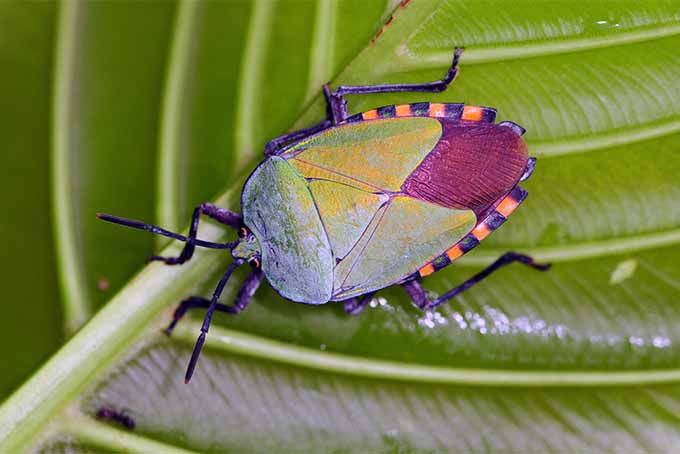
Whether it's giving them a dose of their own medicine by planting smelly plants that repel them or taking a more aggressive stance with lethal sprays, it's time to find a way to spare your plants from the stress of the stink. (And speaking of stress… gardening is excellent for stress relief.)
Do you have any tried-and-true methods for vanquishing these bugs? Share in the comments section below!
© Ask the Experts, LLC. ALL RIGHTS RESERVED. See our TOS for more details. Product photos via Bonide, Garden Safe, and Safer Brand. Uncredited photos: Shutterstock.
About Gretchen Heber
A former garden editor for a daily newspaper in Austin, Texas, Gretchen Heber goes through entirely too many pruners and garden gloves in a year's time. She's never met a succulent she didn't like and gets really irritated every 3-4 years when Austin actually has a freeze cold enough to kill them. To Gretchen, nothing is more rewarding than a quick dash to the garden to pluck herbs to season the evening meal. And it's definitely time for a happy dance when she's able to beat the squirrels to the peaches, figs, or loquats.
How To Get Rid Of Stink Bugs In The Garden
Source: https://gardenerspath.com/how-to/disease-and-pests/get-rid-stink-bugs/
Posted by: greenwoodsommestake.blogspot.com

0 Response to "How To Get Rid Of Stink Bugs In The Garden"
Post a Comment